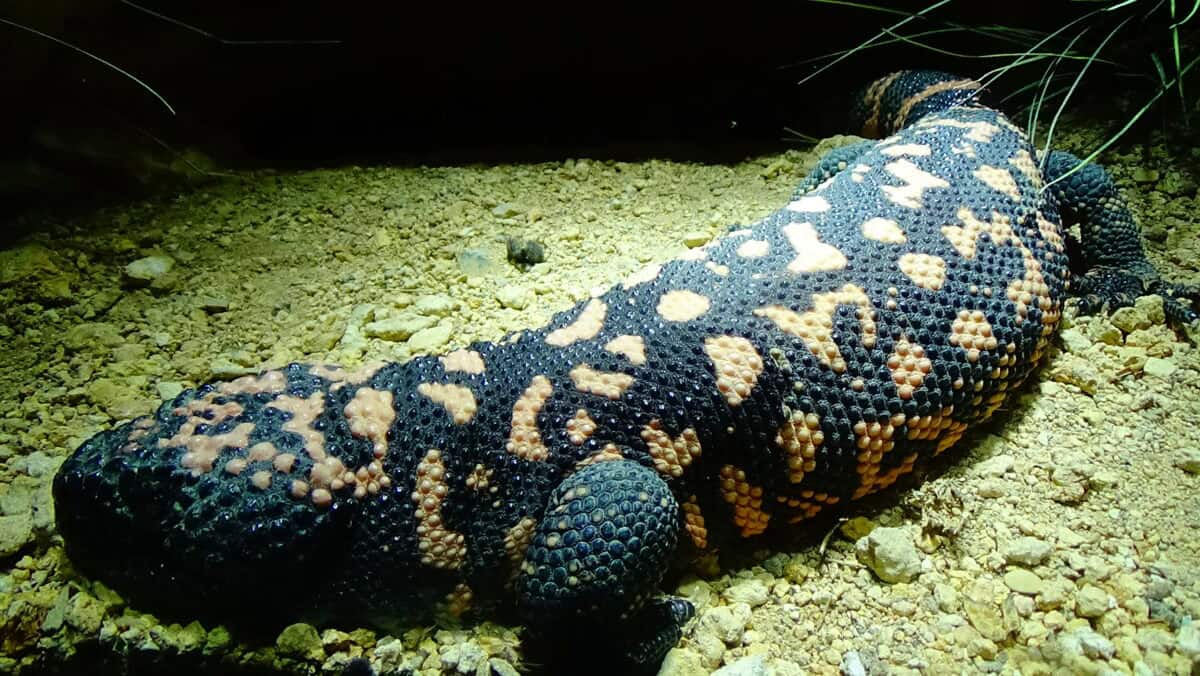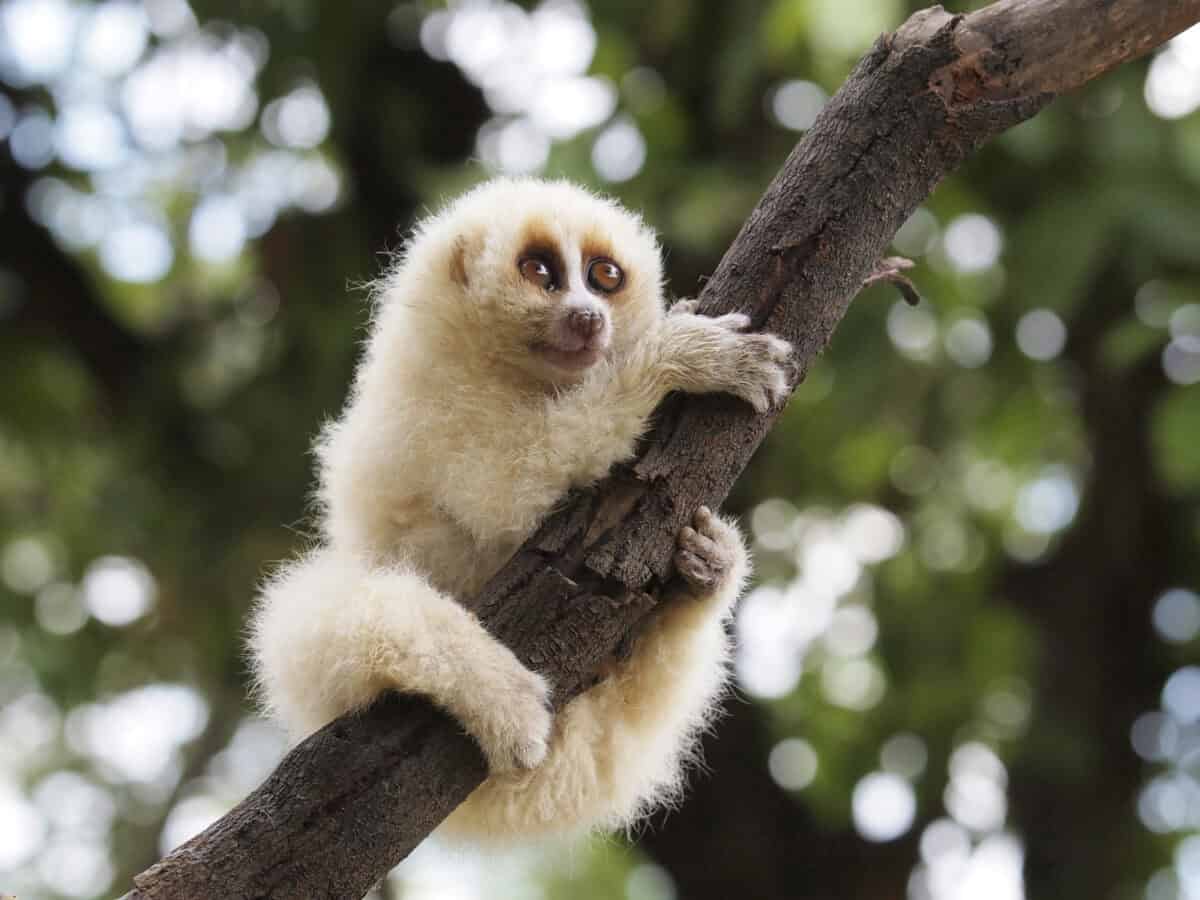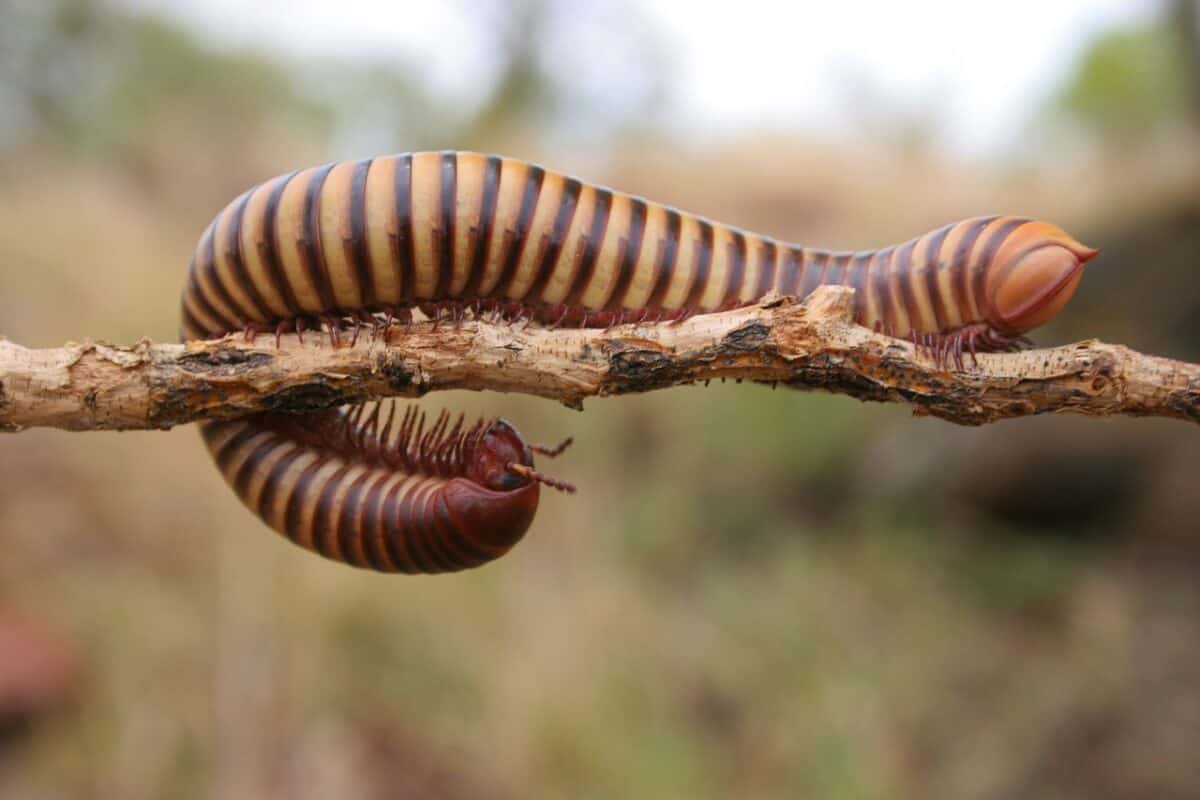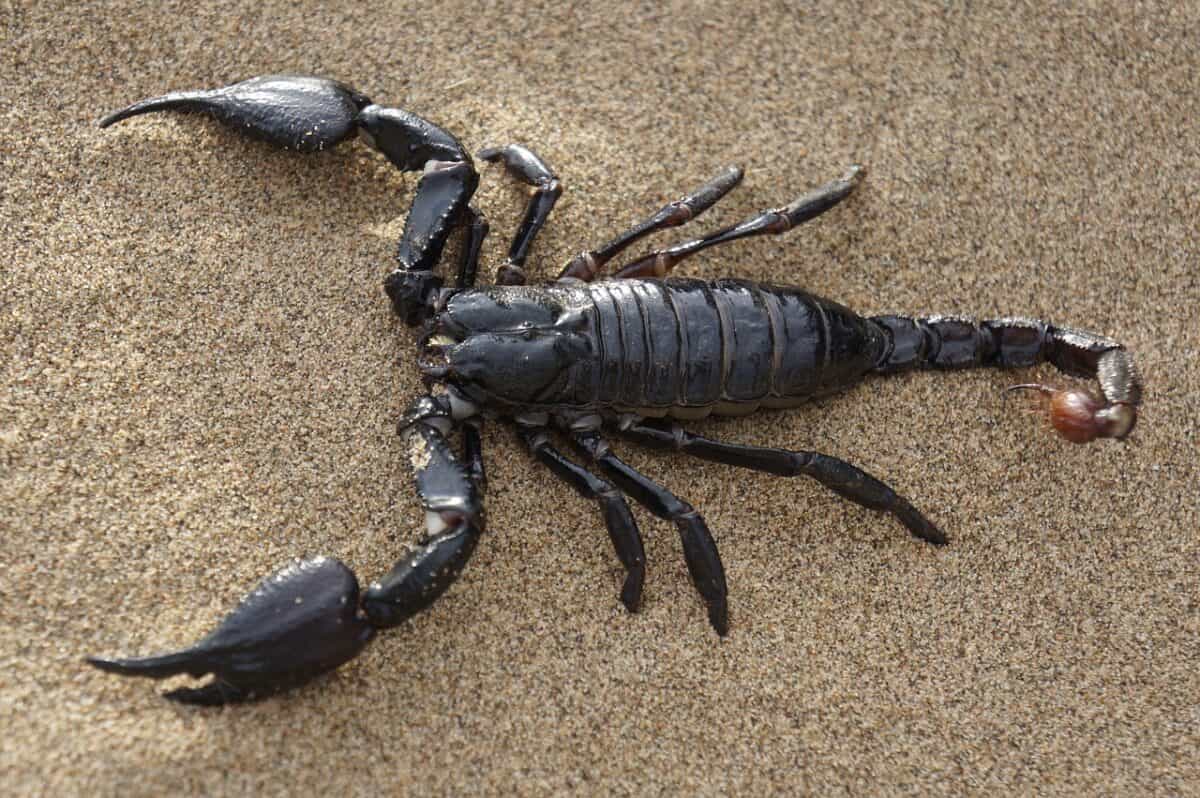When we think of venomous animals, snakes often slither to the forefront of our minds. However, the natural world harbors a remarkable diversity of creatures that pack a poisonous punch without sporting scales or forked tongues. From the depths of the ocean to tropical rainforests and even our own backyards, venomous animals have evolved sophisticated toxin delivery systems that serve as both defensive mechanisms and hunting tools. These fascinating creatures demonstrate nature’s incredible adaptability and the many ways organisms can develop deadly chemical arsenals. Let’s explore thirteen remarkable venomous animals that prove snakes don’t have a monopoly on venom.
13. Box Jellyfish The Ocean’s Deadliest Drifter

The box jellyfish may appear ethereal and delicate as it pulsates through tropical waters, but it harbors one of the most potent venoms on Earth. Found primarily in the Indo-Pacific waters, particularly around Australia, these transparent predators possess up to 60 tentacles that can extend nearly 10 feet. Each tentacle is lined with millions of cnidocytes (stinging cells) containing nematocysts that inject venom upon contact. What makes the box jellyfish particularly dangerous is the potency of its venom, which attacks the heart, nervous system, and skin cells simultaneously. The Chironex fleckeri species, sometimes called the sea wasp, is considered the most venomous marine animal. Its sting can cause cardiovascular collapse and death within minutes, making it responsible for more human fatalities in Australia than sharks, crocodiles, and snakes combined.
12. Blue-Ringed Octopus Tiny but Deadly

Don’t let the blue-ringed octopus’s small size fool you—this diminutive cephalopod, rarely larger than 8 inches, carries enough venom to kill 26 adult humans within minutes. Native to tide pools and coral reefs in the Pacific and Indian Oceans, these octopuses are normally yellowish-brown but display vibrant blue rings when threatened—a warning sign that should never be ignored. Their venom contains tetrodotoxin, a powerful neurotoxin that blocks nerve signals throughout the body, leading to muscle paralysis, respiratory arrest, and potentially death. What makes this creature particularly dangerous is that its bite is often painless, and victims may not realize they’ve been envenomated until symptoms begin. There is no antivenom available, and treatment consists primarily of supportive care, including artificial respiration until the toxin wears off—sometimes for as long as 24 hours.
11. Platypus The Venomous Mammal

The platypus, with its duck-like bill, beaver-like tail, and ability to lay eggs, already defies conventional animal classification. Adding to its list of peculiarities is the fact that male platypuses possess venomous spurs on their hind legs—making them one of the few venomous mammals in the world. Native to eastern Australia, these semi-aquatic creatures use their hollow spurs connected to venom glands to deliver a painful cocktail of toxins. While not lethal to humans, the venom causes excruciating pain that can last for days or even months, and is resistant to morphine and other conventional painkillers. Scientists believe this venom evolved primarily for competition during mating season, as males fight for territory and access to females. Interestingly, platypus venom contains unique proteins not found in any other animal, and researchers are studying these compounds for potential applications in pain management.
10. Gila Monster North America’s Venomous Lizard

The Gila monster, along with its close relative the Mexican beaded lizard, holds the distinction of being one of only two species of venomous lizards native to North America. These heavy-bodied reptiles, adorned with striking black and orange-pink patterns, inhabit the deserts of the southwestern United States and northwestern Mexico. Unlike many venomous animals that inject venom through fangs, Gila monsters have venom glands in their lower jaws and deliver toxins through capillary action as they chew on their prey. Their venom is a complex mixture containing neurotoxic peptides that can cause intense pain, swelling, weakness, and dropping blood pressure in humans. What makes these creatures particularly fascinating is that a component of their venom, exendin-4, has led to the development of a medication called exenatide (Byetta), which is used to treat type 2 diabetes by stimulating insulin production.
9. Slow Loris The Venomous Primate

With their large eyes and cuddly appearance, slow lorises might seem like perfect exotic pets, but these nocturnal primates harbor a surprising secret—they’re the world’s only venomous primates. Native to Southeast Asia, slow lorises produce a toxin in glands near their elbows. When threatened, they raise their arms above their head, lick these brachial glands, and mix the secretion with saliva, creating a potent venom that they can deliver through their comb-like teeth. The venom causes a painful, slow-healing wound and can trigger anaphylactic shock in humans, occasionally proving fatal. Even more intriguing is the chemical composition of their venom, which bears striking similarities to the allergens produced by cats. Researchers believe this convergent evolution might serve similar defensive purposes. Tragically, the pet trade has led to the cruel practice of removing slow lorises’ teeth to make them “safer” pets, contributing to their endangered status in the wild.
8. Lionfish Beautiful but Dangerous

The lionfish is unmistakable with its zebra-striped body and fan-like pectoral fins adorned with venomous spines. Native to the Indo-Pacific region, these striking fish have become notorious invasive species in the Atlantic Ocean and Caribbean Sea, where they have no natural predators. Each lionfish possesses up to 18 venomous spines that can deliver a defensive sting when threatened. The venom causes intense pain, swelling, and sometimes nausea, vomiting, and breathing difficulties in humans. Though rarely fatal, the pain from a lionfish sting is described as immediate and excruciating, often compared to a bee sting but magnified many times over. The most effective immediate treatment involves immersing the affected area in hot water, which helps denature the heat-sensitive proteins in the venom. Despite their dangerous attributes, lionfish are prized in the aquarium trade for their distinctive appearance, and in affected regions, targeted fishing and consumption of lionfish has been encouraged as one way to control their invasive populations.
7. Stonefish Masters of Disguise and Venom

Camouflaged to perfection among rocks and coral on the ocean floor, the stonefish is not only the most venomous fish in the world but also one of the most difficult to spot. Found primarily in the coastal regions of the Indo-Pacific, these ambush predators possess 13 sharp dorsal fin spines, each connected to venom glands. When stepped on or handled, these spines can puncture skin and rubber-soled shoes alike, injecting a neurotoxic venom that causes immediate and excruciating pain, swelling, tissue necrosis, and potentially cardiac arrest. The pain is so severe that victims have been known to beg for their affected limb to be amputated. Stonefish antivenom exists and should be administered as quickly as possible to prevent severe complications. Beyond their venom, stonefish are remarkable for their ability to remain motionless for days while waiting for prey, and they can survive out of water for up to 24 hours, making them even more dangerous to unsuspecting beachgoers who might handle what appears to be just another rock.
6. Cone Snails Beautiful Shells with Deadly Harpoons

Cone snails are marine gastropods renowned for their beautifully patterned shells that have made them popular among collectors. However, these seemingly innocent sea snails harbor a sophisticated venom delivery system that would make any sci-fi writer proud. Found primarily in warm, tropical waters, cone snails hunt using a modified radula—essentially a venomous harpoon that they can shoot at passing prey. The venom, particularly from larger species like the geographic cone snail (Conus geographus), contains a complex mixture of hundreds of different toxins called conotoxins that target the nervous system. When a human is stung, these neurotoxins can cause pain, swelling, numbness, vision changes, and in severe cases, respiratory paralysis and death. There have been documented cases where victims showed no symptoms until it was too late for medical intervention. Fascinatingly, scientists are studying cone snail venom as a source of new pain medications, with one conotoxin-derived drug, ziconotide (Prialt), already approved for treating severe chronic pain.
5. Bees, Wasps, and Hornets Flying Venom Injectors

Among the most familiar venomous animals in our everyday lives are bees, wasps, and hornets. These flying hymenopterans have evolved modified ovipositors (egg-laying organs) into stingers connected to venom sacs. While honeybees can sting only once because their barbed stinger remains in the victim, causing the bee to die afterward, wasps and hornets can sting repeatedly, making encounters potentially more dangerous. Their venoms contain a mixture of enzymes, peptides, and amines designed to cause pain and deter predators. For most people, stings result in temporary pain and swelling, but for the estimated 5-7% of the population with venom allergies, a single sting can trigger anaphylaxis—a potentially fatal systemic reaction. The Asian giant hornet (Vespa mandarinia), sometimes sensationalized as the “murder hornet,” deserves special mention for its particularly potent venom and aggressive colonial defense. In Japan, these hornets cause approximately 30-50 deaths annually, primarily due to anaphylaxis or multiple stings, which can deliver enough venom to damage internal organs.
4. Centipedes Venomous Arthropod Predators

Centipedes, those many-legged arthropods that often inspire revulsion, are accomplished predators equipped with a pair of modified front legs called forcipules that function as venomous fangs. Found on every continent except Antarctica, centipedes range in size from less than an inch to the formidable giant centipedes (Scolopendra species) that can exceed 12 inches. All centipedes are venomous, using their toxins to immobilize prey ranging from insects to small vertebrates like mice, frogs, and even small birds. The venom contains a complex mixture of compounds including serotonin, histamine, and various enzymes and peptides that cause intense pain in humans. While rarely life-threatening to healthy adults, centipede bites can cause severe pain, swelling, headache, dizziness, and vomiting. The larger the centipede, the more painful and potentially dangerous the bite. In some tropical regions, giant centipedes are more feared than many snakes due to their aggressive nature, speed, and willingness to inflict their painful bite when disturbed.
3. Scorpions Ancient Venomous Arachnids

Scorpions have been prowling the earth for over 430 million years, making them one of the oldest venomous animal groups still in existence. These arachnids are instantly recognizable by their pincer-like pedipalps and curved tail ending in a venomous stinger. Of the approximately 2,500 known scorpion species, only about 25 possess venom potent enough to kill humans. The most dangerous is generally considered to be the deathstalker scorpion (Leiurus quinquestriatus) of North Africa and the Middle East, whose venom contains powerful neurotoxins that can cause intense pain, fever, coma, convulsions, paralysis, and potentially death, especially in children and the elderly. Other notably dangerous species include the Brazilian yellow scorpion (Tityus serrulatus) and the Indian red scorpion (Hottentotta tamulus). Scorpion venom has evolved primarily to paralyze prey and defend against predators, and interestingly, scorpions can control the amount of venom they inject, often giving “dry” or minimal venom stings when merely defending themselves. Scientists have found medical applications for scorpion venom, including compounds that can bind to cancer cells and aid in brain tumor identification during surgery.
2. Spiders Web-Weaving Venom Masters

Spiders represent the largest group of venomous animals on our list, with nearly all of the 48,000+ known species possessing venom glands. These eight-legged arachnids use their venom primarily to subdue prey, liquefying their victims’ insides for easy consumption. While the vast majority of spider venoms are harmless to humans, several species have evolved toxins potent enough to cause serious medical concerns. The Brazilian wandering spider (Phoneutria species) has earned a place in the Guinness Book of World Records as the most venomous spider, with a neurotoxic venom that can cause intense pain, breathing problems, and priapism (painful, prolonged erections). The black widow (Latrodectus species) delivers a neurotoxin that causes extreme pain and muscle cramps, while the brown recluse (Loxosceles species) produces a cytotoxic venom that destroys tissue, potentially leading to large, slow-healing wounds. Australia’s Sydney funnel-web spider (Atrax robustus) produces a venom particularly toxic to primates, making it especially dangerous to humans. Importantly, fatalities from spider bites have decreased dramatically with the development of antivenoms and improved medical care, making death from spider bites extremely rare despite their fearsome reputation.
1. Komodo Dragon Venomous Bite Confirmed

The Komodo dragon, the world’s largest lizard, was long thought to kill through bacterial infection delivered via its bite. However, research published in 2009 confirmed what many had begun to suspect—these massive reptiles, native to a few Indonesian islands, are actually venomous. The Komodo dragon possesses venom glands in its lower jaw that secrete a complex mixture of proteins that prevent blood clotting, lower blood pressure, induce muscle paralysis, and enhance bleeding. Rather than delivering venom through hollow fangs like snakes, these lizards have deep serrated teeth that create wounds through which venom enters the bloodstream. This venom, combined with powerful jaws and bacteria in their mouths, makes Komodo dragons particularly effective predators that can take down prey much larger than themselves, including water buffalo. While human fatalities from Komodo dragon attacks are rare, they do occur, and survivors often suffer from rapid blood loss, severe swelling, and pain. The discovery of venom in these animals has reshaped our understanding of lizard evolution and suggests that many more lizard species may possess venom than previously thought.
Conclusion: Nature’s Chemical Warriors

The incredible diversity of venomous animals beyond snakes reveals nature’s remarkable capacity for evolving complex biochemical weapons systems across vastly different taxonomic groups. From the depths of the ocean to tropical forests and desert landscapes, venom has independently evolved as both a defensive mechanism and hunting tool multiple times throughout evolutionary history. These thirteen examples represent just a fraction of the estimated 100,000+ venomous animal species on Earth, many of which remain poorly studied. While these animals may inspire fear, they also command respect and fascination, especially as researchers continue to discover potential medical applications for their venoms, turning deadly toxins into life-saving treatments. Understanding these creatures not only satisfies our curiosity about the natural world but also highlights the importance of conservation efforts to protect these unique organisms and the biochemical treasures they may contain. As we continue to explore and study venomous animals, we’re certain to uncover even more surprising adaptations that challenge our perceptions and expand our appreciation for nature’s incredible biochemical diversity.
- 12 US States Where Wolves Are Making a Comeback - August 13, 2025
- 10 Most Dangerous Hiking Trails in the US - August 13, 2025
- 12 Creatures That Glow in the Dark and Why It Helps Them Survive - August 13, 2025

